Life in the bog pool
Imogen dives into the pools and lochans and looks at the role of water beetles in the Scottish Peatlands
This past summer, I spent my summer holiday hiking 130 km from Loch Arkaig in Lochaber in the West Highlands, to Strathconon in Rosshire, navigating through some of Scotland’s most remote landscapes and crossing only two roads in 12 days.
Due to poorer weather conditions we had been driven to continue many legs of our journey at lower elevations, rather than traversing the higher rocky ridges. This gave me an opportunity to really get close and personal with the regions peatlands. These waterlogged expanses are often seen as stark and inhospitable when viewed from the roadside, and yet there is a quiet vibrance in their stillness.
Some were truely flourishing, with cotton grasses waving in the wind, and the ground squelching happily beneath my boots as I weaved my way between beautiful bog pools.
Others, however, were suffering the effects of drying out, the peat crumbling and eroding away before my eyes - often with cliffs of peat hag - black, like charcoal strokes, the rough lines cutting through the softer textures of the surrounding hillside.
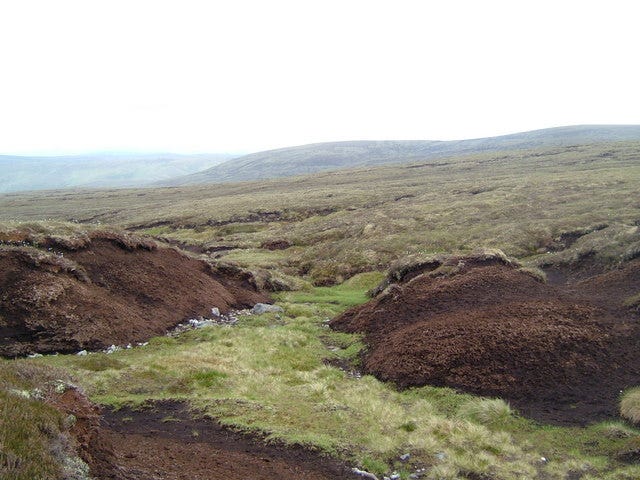
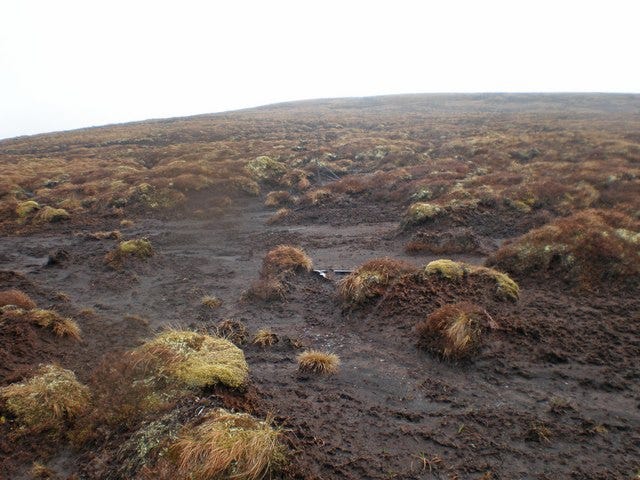
As I paused at the edges of the healthier freshwater bog pools, I found myself drawn into the smaller details – the subtle, almost imperceptible movements in the water, the life beneath the surface. It was there, in those reflective moments, that I observed a world shaped by these tiny, industrious aquatic creatures and in particular water beetles. Far from mere inhabitants, these beetles are critical to the health of the peatlands, playing roles we’re only beginning to truly understand. Though they may go unnoticed by most passing by on their journey to the munro tops, their influence is profound, quietly sustaining these vital landscapes from beneath the surface of the water.
Scotland's peatlands are some of the most unique and ecologically vital landscapes in the world. These waterlogged terrains, rich in mosses and ancient plant life, have been internationally recognised for their ability to sequester carbon, purify water, and provide refuge to a diverse array of species. The flowcountry in the north of the region has recently acheived UNESCO World Heritage Status.
When we think of peatlands, it’s easy to focus on the more obvious contributors to these ecosystems' health - the sphagnum moss. Yet, water beetles, of which there are around 350 species in the UK alone, represent a fascinating group of insects that have adapted to thrive in these acidic aquatic environments. Numerous species have found their home, each occupying a niche within the lochans, burns, and pools that dot these landscapes.
Picture the Gyrinus substriatus, a species of whirligig beetle, gliding effortlessly across the surface of a peatland pool. At first glance, its circular movements may appear playful, but this small insect is hard at work. Equipped with a unique adaptation, it replenishes a bubble of air on its abdomen, allowing it to remain submerged for extended periods. Remarkably, it has two sets of eyes – one pair scanning the world above the water, the other observing below – giving it a distinct advantage in spotting danger or diving swiftly to catch a meal.
Water beetles are, in many ways, engineers of their world. Through burrowing, digging, and constant movement, they alter the physical structure of peatlands, influencing water flow, sediment deposition, and even nutrient distribution.
These small, almost imperceptible actions can have measurable consequences. By modifying the water and substrate, they not only improve oxygen levels but also create more favourable conditions for other life forms. Plants, invertebrates, and even fish benefit from the beetles' daily routines, which subtly shape their habitat over time.
Water beetles are also key players in the intricate food webs that exist within peatland ecosystems. As both predator and prey, their presence is crucial to maintaining the balance of life. Beetles feed on algae, detritus, and smaller invertebrates , regulating populations and aiding nutrient cycling. In turn, they provide an essential food source for a range of species, including birds, amphibians, and larger aquatic insects.
Diving beetles, members of the Dytiscidae family, are another remarkable group of aquatic insects well-suited to life in Scotland’s peatland waters. These powerful swimmers are equipped with streamlined bodies and fringed hind legs that act like oars, propelling them through the water with ease. They are voracious predators, they hunt a variety of prey, including small fish, tadpoles, and other invertebrates, playing a critical role in maintaining the balance of aquatic food webs. Their adaptability to both stagnant and moving water makes them key residents of peatland pools, lochans, and burns, contributing to the overall biodiversity of these unique ecosystems.
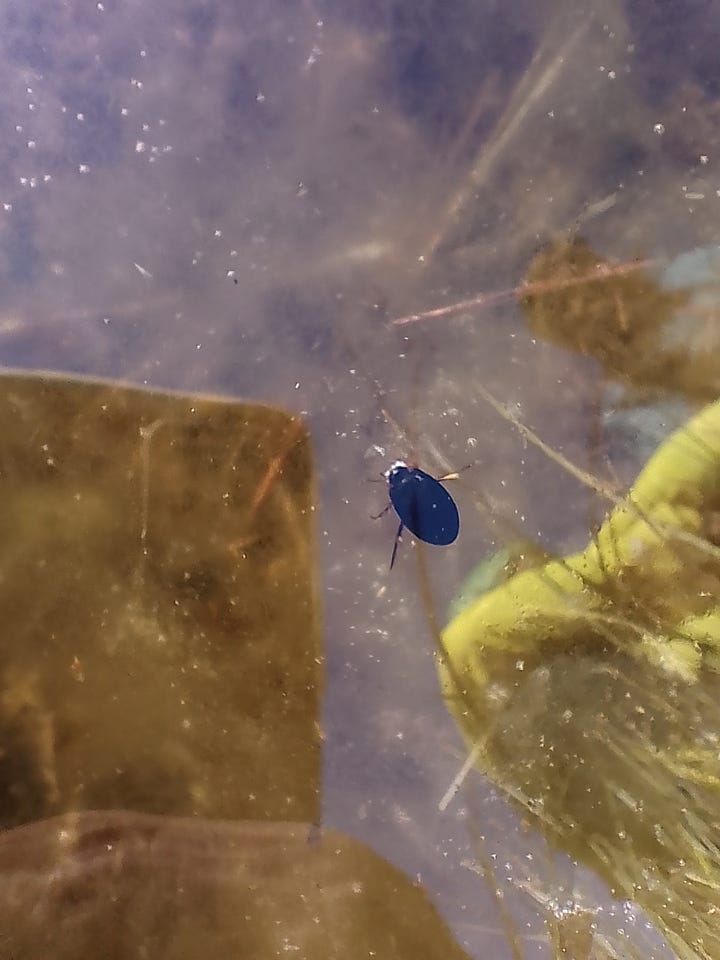

In addition to their roles as engineers and participants in the food web, water beetles serve as valuable indicators of environmental health. Many species are highly sensitive to changes in water quality and habitat conditions, making them important bioindicators. Their presence – or absence – can reveal much about the state of the ecosystem, from pollution levels to habitat degradation.
Despite their resilience and adaptability, water beetles in Scottish peatlands face significant challenges. Habitat destruction, pollution, and climate change all threaten their survival, and by extension, the health of the peatlands themselves. As peatlands continue to dry out or suffer from contamination, the fragile balance that these ecosystems depend on may be lost, with water beetles being among the first casualties.
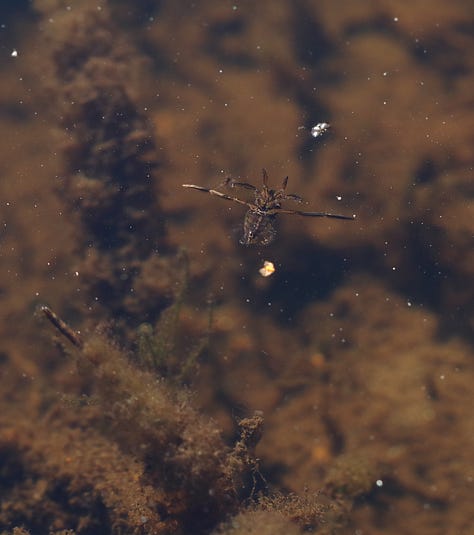
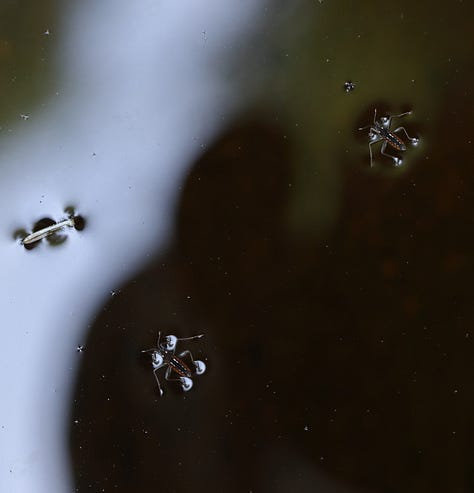

As we collectively deepen our efforts to protect and restore Scotland’s peatlands for their carbon value, we must recognise the vital contributions of these often-overlooked aquatic species.
Interestingly, water beetles and other characteristic macroinvertebrates have demonstrated remarkable resilience, even in degraded and dried-out bogs. Studies from the Netherlands reveal that many species, including water beetles, are able to tough it out in these harsh conditions, surviving due to adapting a high tolerance for drought and acidity. However, their persistence comes at a cost to their ability to fly meaning that they end up occupying a smaller footprint. Large-scale and rapid rewetting efforts can inadvertently harm these indiginous populations, as sudden changes in water levels and habitat conditions may disrupt the conditions these species have adapted to over the drying out time. The very restoration intended to revive bogs can, if done too quickly, can end up in reducing habitat diversity, leading to unintended negative consequences for these resilient but vulnerable species. Read more on the Netherlands study here:
In the end, the water beetle’s story is a reminder that even the smallest creatures can have an outsized impact on the world around them. They may often go unnoticed by the hill walker, but their role in shaping the peatlands is no less remarkable. So if you get a chance, like I did, stop and look into the bog pools and the wonderful array of life that is going on beneath the surface. Take a moment to celebrate these hidden heroes, recognising their value as stewards of Scotland's precious peatland ecosystems – and, ultimately, of the planet we all share.
Imogen Furlong, the High Life Highland Countryside Ranger Manager, is known for her enthusiasm, organisation, and drive. Her deep passion for the Scottish Highlands' wildlife and extensive experience in outdoor education and recreation management have been central to this role. Imogen is a practical and collaborative project manager, empowering her teams to work effectively in communities and contribute to local conservation efforts.






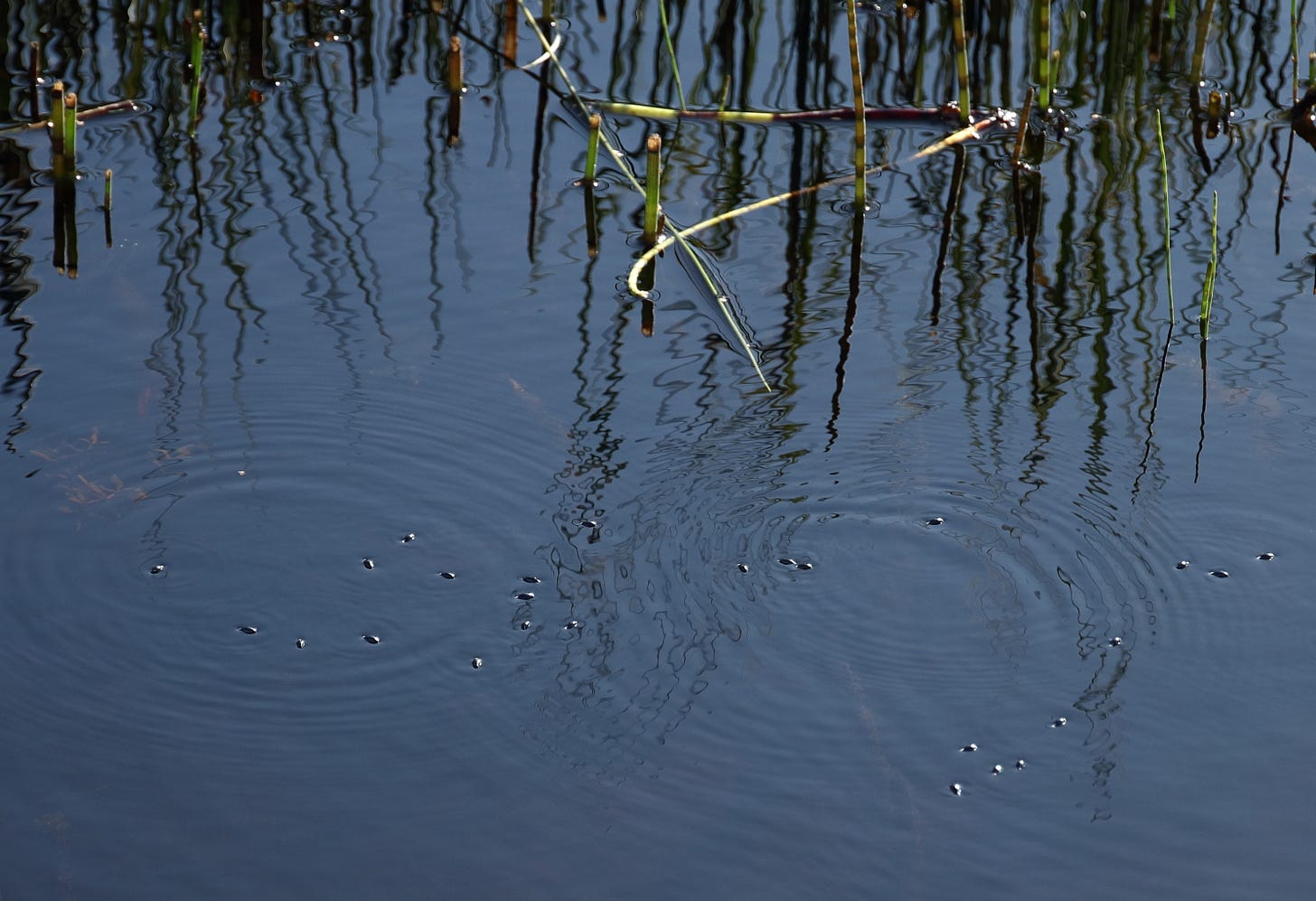

I've always loved watching water beetles and their busy worlds, but will look at them with increased fascination after reading this. I only wish that humans could collectively see - and feel - our interconnectedness with every other life form, our utter dependence on each other. Not only for survival, but for peace, ease and joy too. Articles like this and the work you do definitely help. Thank you.
Great stuff. I am a bit envious of your amazing peat lands- I’ve written about the degraded peat bogs of Coed Y Brenin here on Substack, deeply drained in order to plant conifers that struggled anyway. Your point about re-wetting slowly is well made and crucial. On our own holding I made fascinating causeways from brash and gradually raised the water level to recreate a small wet land.